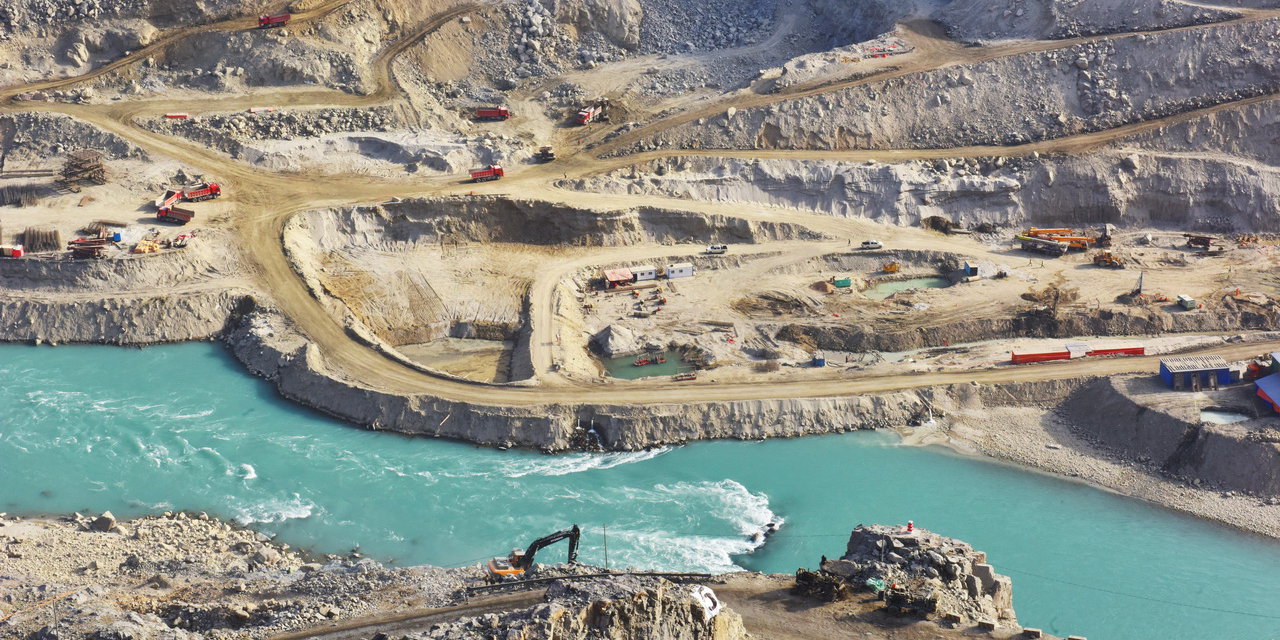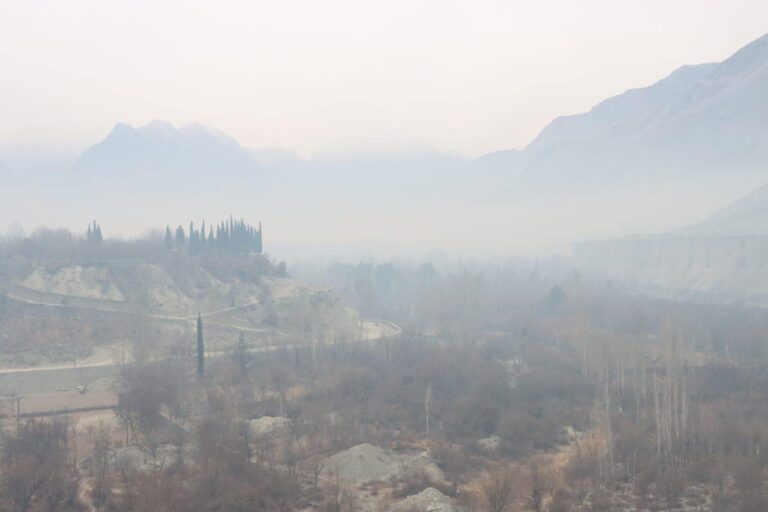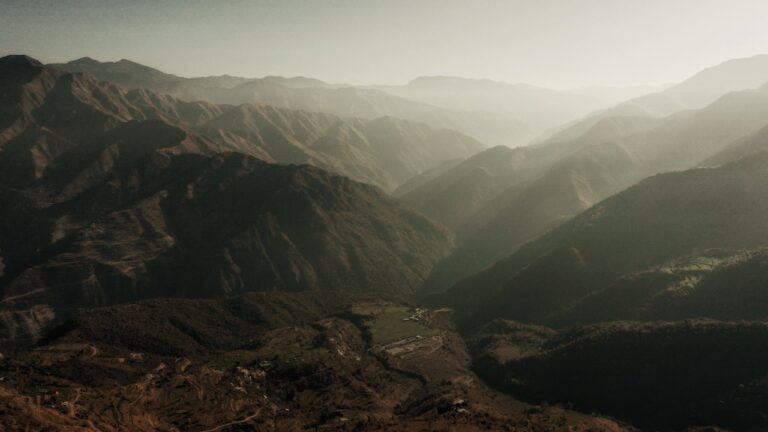Introduction
The Diamer Bhasha Dam is a monumental project that stands at the crossroads of hope and challenge for Pakistan. As the nation confronts an escalating water crisis and chronic energy shortages, this ambitious undertaking promises to provide vital solutions. Designed to generate electricity and store water, the dam is poised to significantly contribute to the country’s energy grid and agricultural sustainability. However, despite its potential, the project faces a myriad of challenges, including funding shortfalls, environmental concerns, and social implications for local communities.
As we delve into the details of the Diamer Bhasha Dam, it becomes imperative to understand not only the scope of the project but also the multifaceted challenges it faces. By examining these issues and proposing solutions, we can better appreciate the significance of this project in the broader context of Pakistan’s development and sustainability.
Project Overview
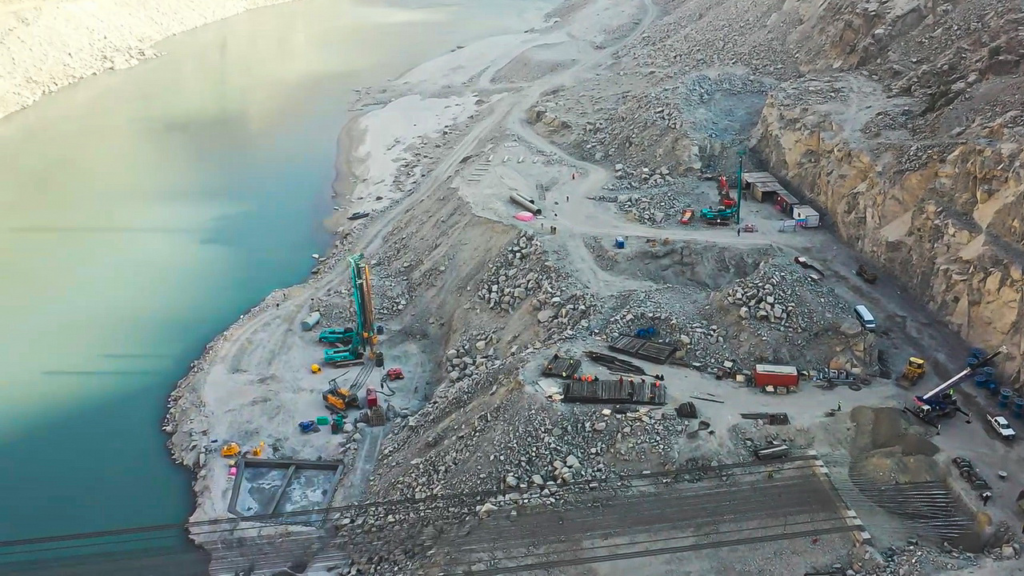
Significance of the Dam
The Diamer Bhasha Dam, located in the Gilgit-Baltistan region, is an essential component of Pakistan’s water and energy strategy. Once completed, it is expected to generate approximately 4,500 megawatts of hydroelectric power, contributing significantly to the national grid. Additionally, the dam will have a storage capacity of around 8.1 million acre-feet of water, which will play a critical role in managing the flow of the Indus River and mitigating the impact of seasonal floods and droughts.
With climate change threatening water availability across the region, the need for a reliable water storage solution is more pressing than ever. The dam will not only enhance agricultural productivity but also help regulate river flow, ensuring that downstream regions receive a steady supply of water. This dual purpose makes the Diamer Bhasha Dam a vital asset for Pakistan’s economic development.
Historical Context
The idea for the Diamer Bhasha Dam dates back several decades, with feasibility studies conducted in the 1980s. However, it wasn’t until recent years that serious efforts were made to bring the project to fruition. The government of Pakistan recognized the urgent need for water and energy security, prompting a renewed focus on the dam.
In 2006, the project was officially initiated, and significant progress has been made since then. However, various hurdles, including political, financial, and logistical challenges, have impeded its timely completion. Despite these setbacks, the dam remains a focal point of Pakistan’s long-term energy and water management strategy.
Challenges Facing the Diamer Bhasha Dam
Funding Issues
One of the primary challenges facing the Diamer Bhasha Dam project is securing adequate funding. The estimated cost of the dam has ballooned over the years, currently pegged at around $14 billion. This hefty price tag poses a significant hurdle for the Pakistani government, which is already grappling with fiscal constraints.
To finance the project, the government has sought assistance from various sources, including foreign loans, bilateral agreements, and public-private partnerships. However, the reliance on external funding sources can be precarious, particularly given the fluctuating political landscape and economic conditions in the region. Delays in funding disbursement can lead to further project setbacks and cost overruns.
Environmental Concerns
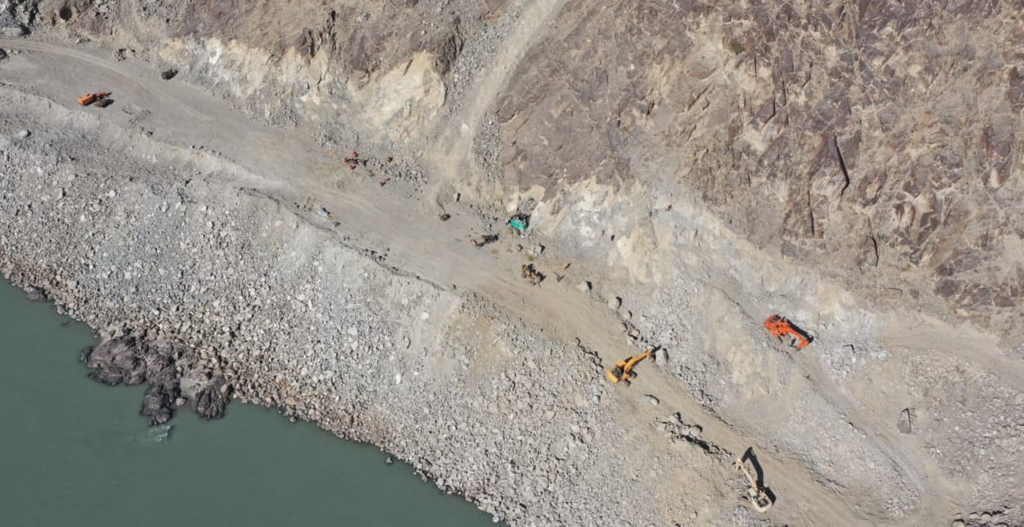
The environmental impact of the Diamer Bhasha Dam is another critical issue that must be addressed. Large-scale dam projects often disrupt local ecosystems, leading to adverse effects on flora and fauna. The construction of the dam is expected to inundate significant areas of land, displacing wildlife habitats and altering local biodiversity.
Moreover, the dam’s reservoir will alter water temperature and flow patterns downstream, which can have cascading effects on aquatic life. It is crucial for environmental assessments to be conducted to understand these impacts fully. Engaging with environmental scientists and stakeholders can provide valuable insights into how to mitigate potential ecological harm.
Social Implications
Perhaps the most contentious issue surrounding the Diamer Bhasha Dam is its social implications, particularly regarding the displacement of local communities. The project is expected to displace thousands of people from their homes and lands, leading to significant social disruption. The affected communities, primarily composed of indigenous people, are at risk of losing not only their homes but also their livelihoods and cultural heritage.
The government has acknowledged the need for compensation and rehabilitation plans, but implementation has been slow and fraught with challenges. Engaging with affected communities and ensuring their voices are heard is crucial for building trust and mitigating social tensions. Failure to address these concerns could lead to resistance against the project and derail its progress.
Political Challenges
Political instability and varying priorities across different administrations have also contributed to the challenges facing the Diamer Bhasha Dam project. As governments change, so do policies and commitments to large-scale infrastructure projects. This inconsistency can result in delays, budget reallocations, and shifts in focus that impede progress.
Additionally, regional politics play a significant role in shaping the trajectory of the dam. The involvement of multiple stakeholders, including provincial governments, local communities, and international partners, adds complexity to the decision-making process. Navigating these political waters requires skilled diplomacy and a commitment to collaborative governance.
Solutions for a Successful Project
Enhanced Stakeholder Engagement
One of the most effective ways to address the challenges facing the Diamer Bhasha Dam is through enhanced stakeholder engagement. Building strong partnerships with local communities, NGOs, and other stakeholders is essential for fostering trust and cooperation. Regular consultations can help identify and mitigate concerns related to displacement and environmental impact.
Engaging local communities in the planning and implementation processes not only empowers them but also allows for a more inclusive approach to project management. By listening to the needs and aspirations of affected populations, the government can design compensation and rehabilitation plans that are fair and equitable.
Diversified Funding Sources
To alleviate the financial burden associated with the Diamer Bhasha Dam, the government should explore diversified funding sources. This could include public-private partnerships, international investments, and innovative financing mechanisms. Collaborating with financial institutions, both domestically and internationally, can help secure the necessary capital to move the project forward.
Additionally, promoting the potential economic benefits of the dam—such as job creation, increased energy availability, and enhanced agricultural productivity—can attract investment. Demonstrating the project’s long-term viability and sustainability will be crucial for garnering support from potential investors.
Environmental Monitoring and Mitigation
Conducting comprehensive environmental assessments and implementing monitoring systems will be critical for ensuring that the Diamer Bhasha Dam adheres to sustainable practices. Establishing a dedicated environmental monitoring committee can facilitate ongoing assessments of the project’s impact on local ecosystems.
Mitigation strategies should be developed to address potential ecological disruptions. This could include reforestation initiatives, habitat restoration efforts, and strategies to maintain downstream water quality. Engaging environmental scientists and conservationists in the planning process can provide valuable insights into effective mitigation measures.
Capacity Building and Job Creation
Training local populations to engage in construction and maintenance jobs will provide them with employment opportunities, making the project more inclusive and beneficial to the community. Implementing capacity-building programs can equip local workers with the skills necessary to participate in various aspects of the project, from construction to operation.
Moreover, fostering entrepreneurship and small business development in the surrounding areas can create additional economic opportunities for local communities. By investing in human capital, the government can ensure that the benefits of the Diamer Bhasha Dam extend beyond just energy and water supply.
Political Consensus and Collaboration
To overcome political challenges, it is essential to foster a culture of consensus and collaboration among various stakeholders. Establishing a multi-party committee dedicated to overseeing the Diamer Bhasha Dam project can provide a platform for dialogue and cooperation. This committee should include representatives from the federal government, provincial governments, local communities, and civil society organizations.
By working together, stakeholders can address potential conflicts and navigate the complexities of the political landscape. Collaborative governance will be crucial for ensuring the project’s success and longevity.
Conclusion
The Diamer Bhasha Dam project represents a vital step toward addressing Pakistan’s water and energy crises. However, its success hinges on overcoming the myriad challenges it faces. By implementing solutions that prioritize community engagement, diversified funding, environmental sustainability, and political collaboration, Pakistan can pave the way for a brighter future.
This dam not only has the potential to transform the nation’s energy landscape but also to empower local communities if approached thoughtfully and inclusively. As the country grapples with the impacts of climate change, the Diamer Bhasha Dam stands as a beacon of hope—if only we can navigate the challenges and embrace the opportunities it presents.

